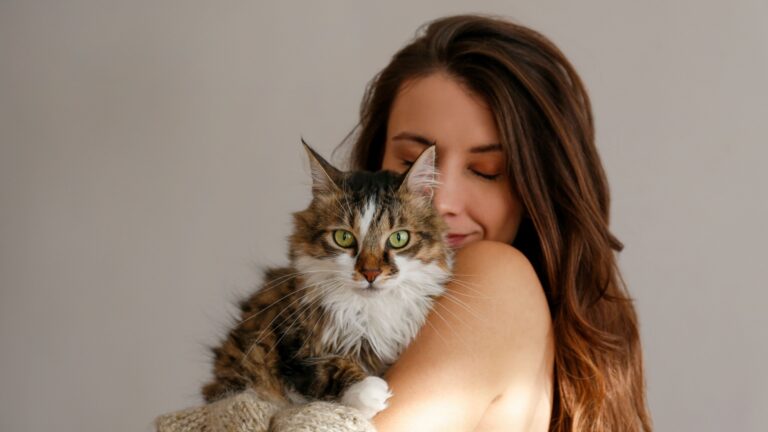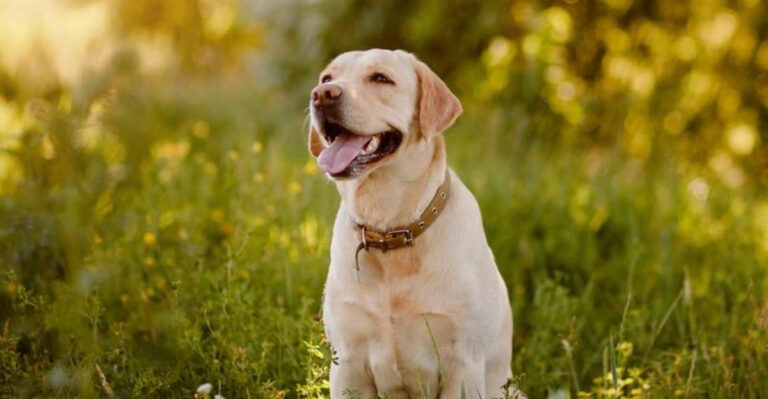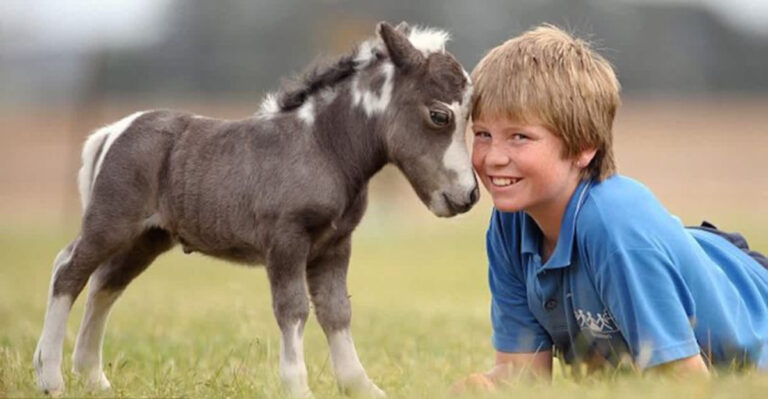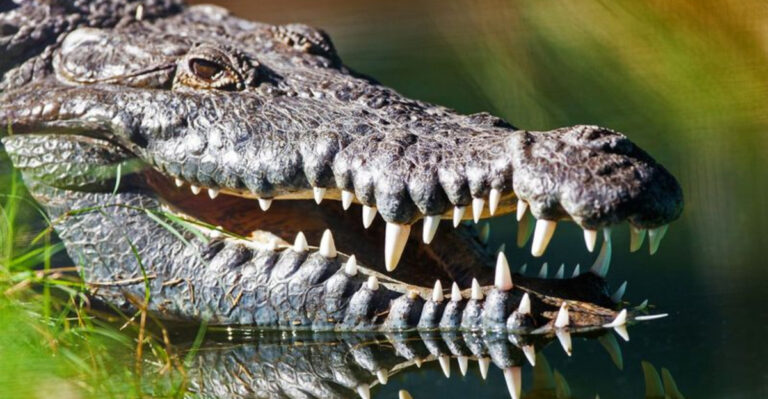If These 7 Birds Visit Your Garden You’re Doing Everything Right Plus 7 That Signal Trouble
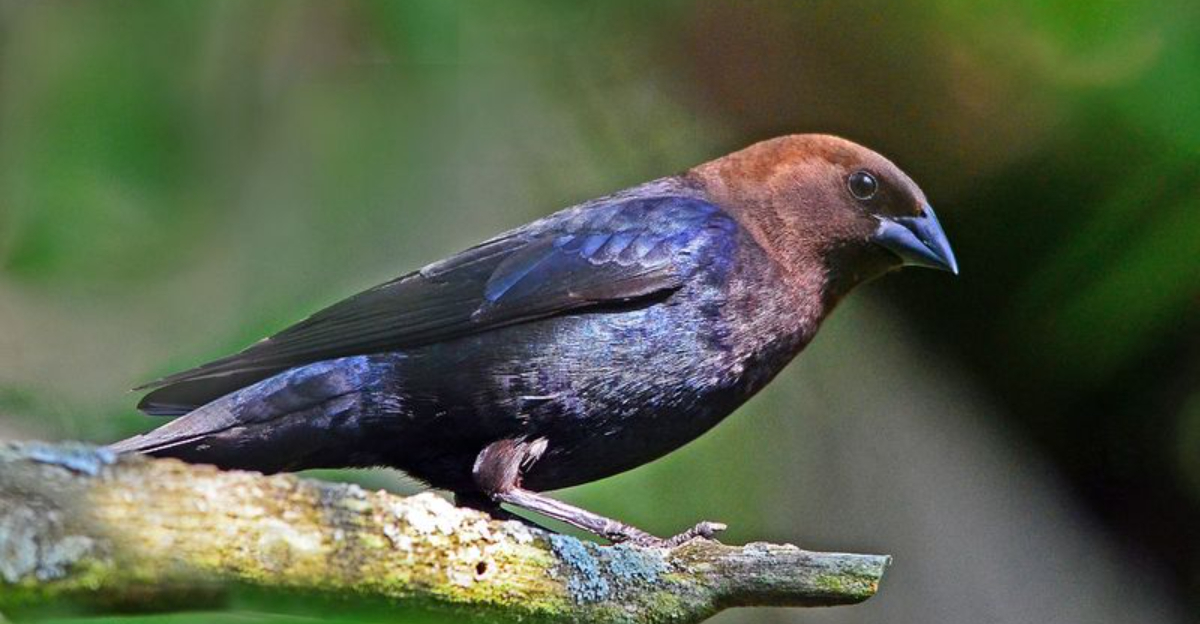
Birds can tell us a lot about our gardens – they’re like nature’s report card! Some feathered visitors signal that you’ve created a healthy, welcoming habitat with plenty of food and shelter. Others might indicate problems like pesticide overuse, lack of diversity, or unhealthy conditions.
Let’s discover which birds bring good news and which ones might be warning you about garden troubles.
1. Nature’s Gardeners: American Robins
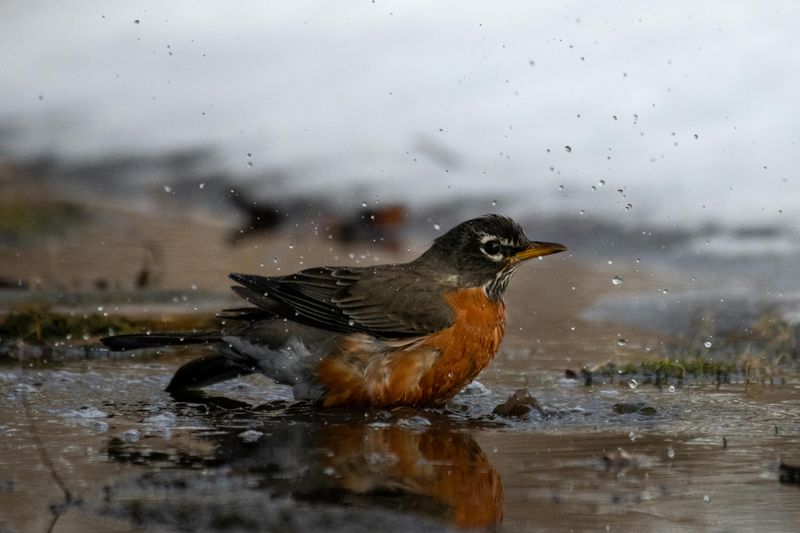
Those orange-breasted friends hopping across your lawn aren’t just cute – they’re nature’s seal of approval! Robins hunt for worms and insects in healthy soil, indicating your garden has rich, chemical-free earth.
Their presence means your garden supports a thriving food web from the ground up. When robins visit regularly, celebrate your eco-friendly gardening practices!
2. Buzzing With Joy: Hummingbirds
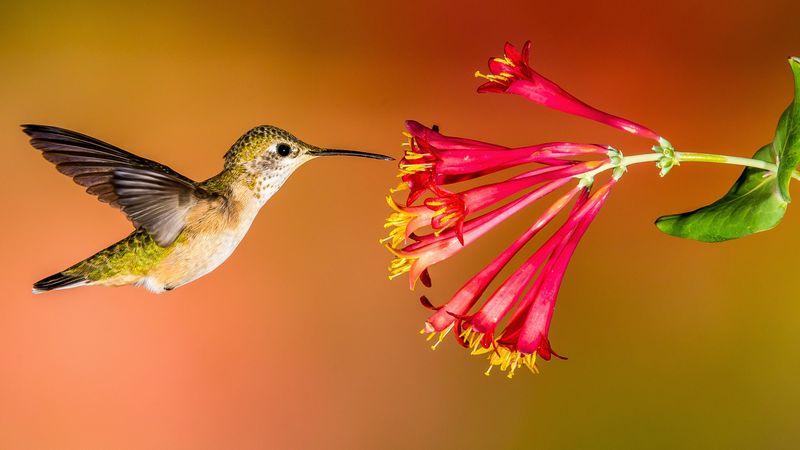
Like tiny flying jewels, these nectar-sippers signal your garden has diverse, native flowering plants. Their darting visits confirm you’ve created a pesticide-free zone rich in natural nectar sources.
Hummingbirds need constant energy and clean food sources. By attracting these magical creatures, you’ve proven your garden supports even the most sensitive pollinators. Well done!
3. Woodland Wonders: Chickadees
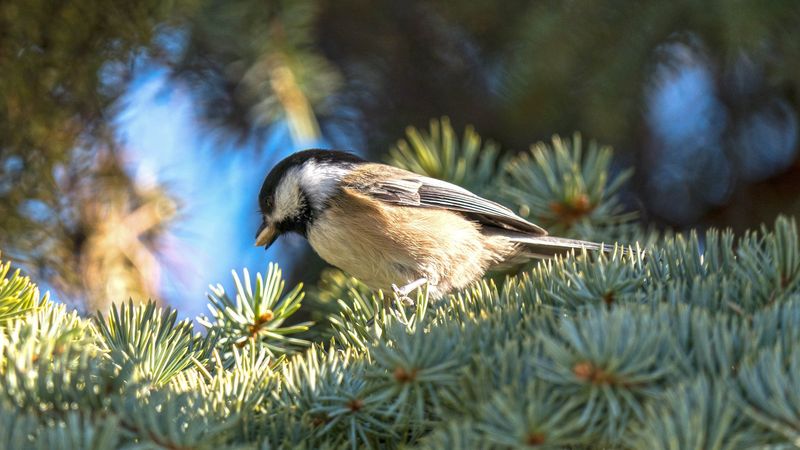
Friendly little acrobats in your garden? These black-capped visitors are picky about habitat quality. Their cheerful presence indicates your space offers diverse plants, natural food sources, and safe nesting spots.
Chickadees need insect-rich environments and natural materials. Their visits mean your garden functions as a true ecosystem rather than just decorative space. Keep up the great work!
4. Insect Controllers: Bluebirds
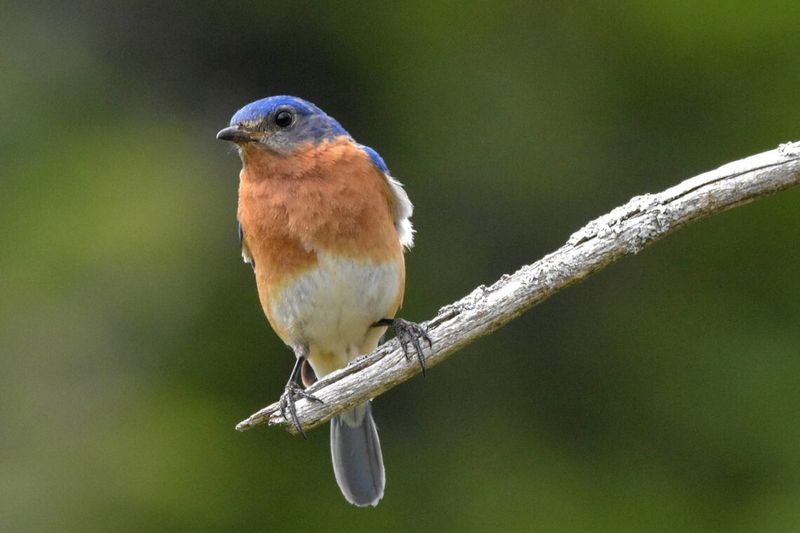
Flashes of brilliant blue among your plants mean you’ve hit the garden jackpot! These gorgeous insect-eaters choose territories with abundant natural pest control opportunities and open spaces.
Bluebirds are declining in many areas due to habitat loss. Their presence suggests you’ve created a garden that mimics their natural habitat – with open areas, perching spots, and chemical-free pest management.
5. Seed Celebration: Goldfinches

Bright yellow visitors bobbing on seedheads mean your garden supports wildlife year-round! These colorful finches adore natural seed sources like coneflowers, sunflowers, and native grasses.
Their presence indicates you’ve designed a garden that provides food even after flowering season ends. By leaving seedheads intact rather than deadheading everything, you’ve created a natural bird buffet!
6. Worm Wizards: Song Thrushes
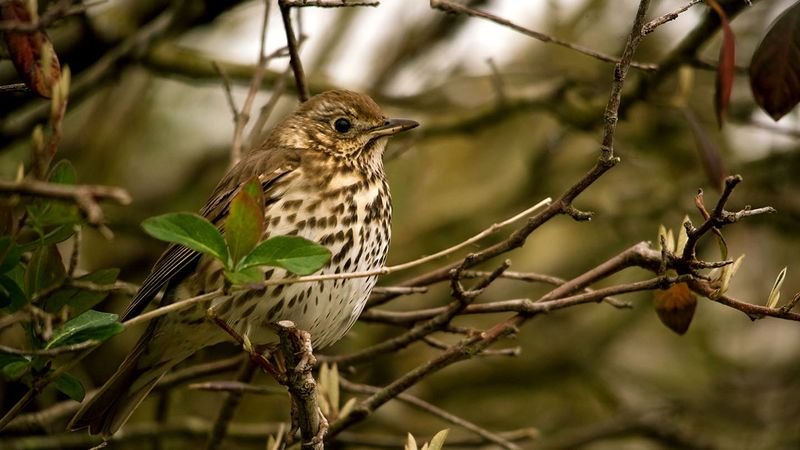
Spotted-breasted songsters hunting in your flower beds indicate prime garden health! These melodious birds need rich, moist soil teeming with earthworms and small invertebrates.
Song thrushes have declined dramatically in many regions. Their appearance means your garden provides crucial habitat with chemical-free soil, varied vegetation layers, and plenty of natural food sources. Your garden truly makes a difference!
7. Berry Bonanza: Cedar Waxwings
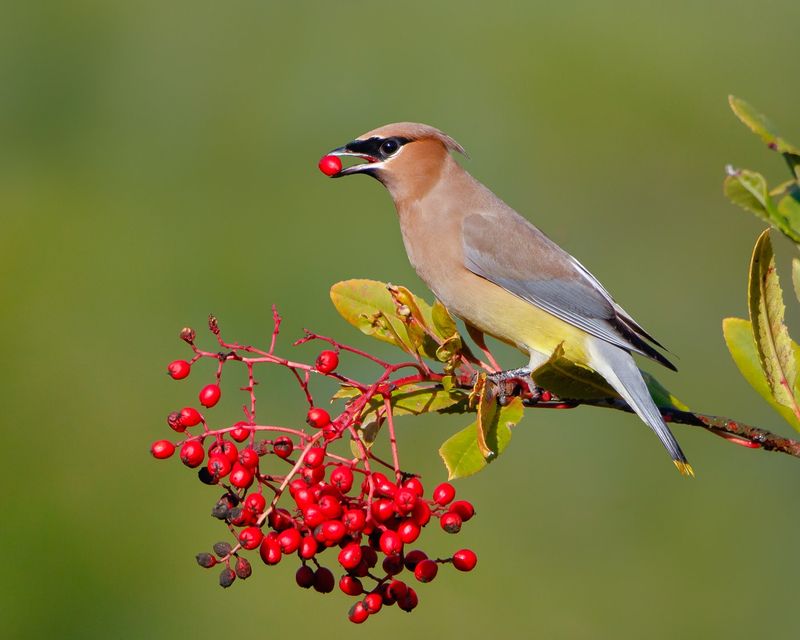
Sleek, masked visitors arriving in small flocks signal garden success! These sophisticated birds with silky plumage seek out gardens rich in berry-producing trees and shrubs.
Waxwings indicate your landscape includes important fruit sources like serviceberry, dogwood, or viburnum. Their presence confirms you’ve created habitat that provides critical seasonal nutrition for migratory and resident birds alike.
8. Warning Wings: House Sparrows Overload
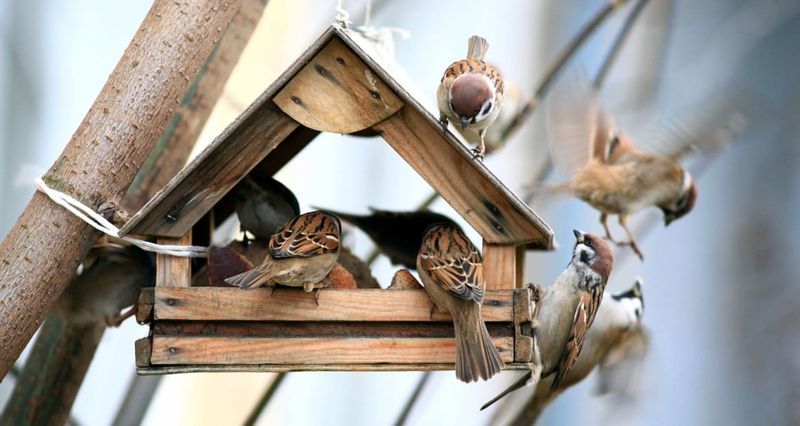
A garden dominated by these brown birds might need diversity help! While not inherently problematic, large flocks can indicate an unbalanced ecosystem lacking native plants and varied habitat structures.
These adaptable birds thrive in disturbed environments. Their overwhelming presence might signal your garden offers limited resources that primarily attract non-native generalists rather than supporting diverse native species.
9. Trash Tactics: European Starlings
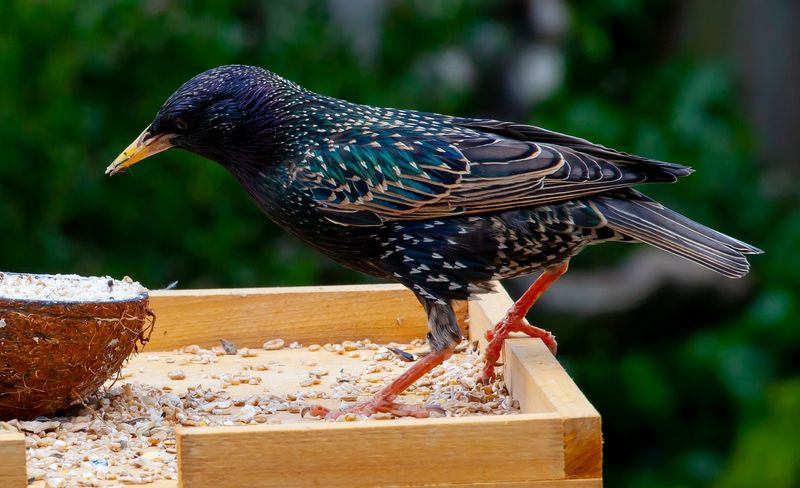
Iridescent troublemakers descending in large groups suggest ecosystem imbalance! These aggressive introduced birds often dominate resources, pushing out native species through their sheer numbers and adaptability.
Starling flocks might indicate your garden lacks the structural complexity and plant diversity needed to attract specialized native birds. Consider adding more native plants and varying your garden’s vertical layers.
10. Scavenger Squad: Crows Overrun
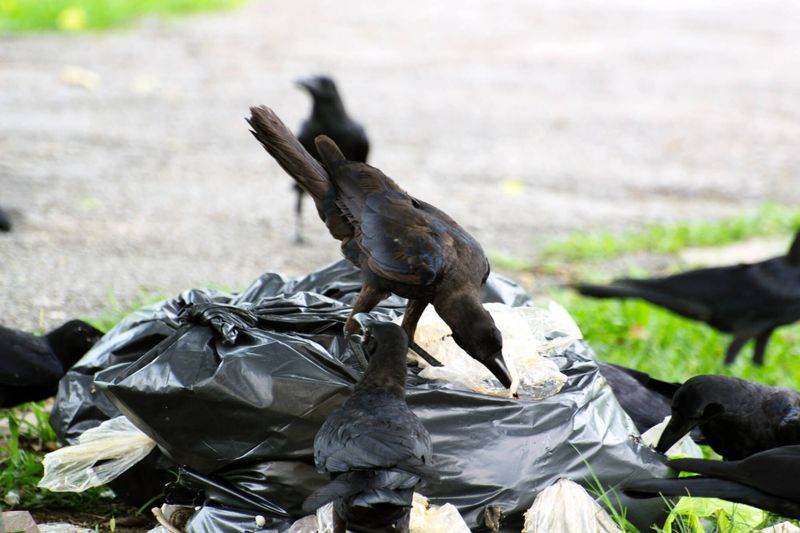
Intelligent black visitors are natural garden inhabitants, but excessive numbers might raise red flags! Crows are opportunistic omnivores attracted to easy food sources like open compost, unsecured trash, or excessive fallen fruit.
An overwhelming crow presence could indicate your garden management needs adjustment. Consider covered composting, prompt fruit cleanup, and more diverse plantings to create balance in your backyard ecosystem.
11. Predator Problems: Cooper’s Hawks
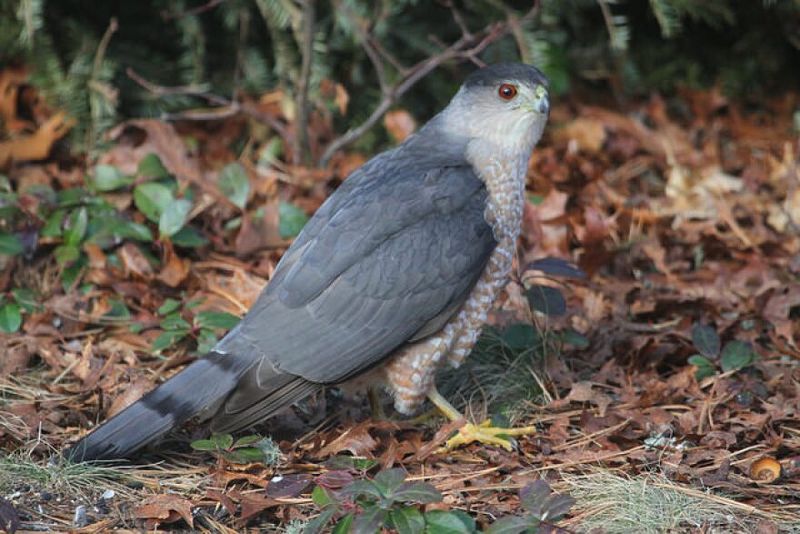
Sharp-eyed hunters circling repeatedly might signal bird feeder issues! While these magnificent raptors are part of natural ecosystems, their constant presence specifically at feeders can stress smaller birds.
Hawks targeting your feeding stations may indicate you’ve unintentionally created a predator trap. Consider temporarily removing feeders if hawk pressure becomes intense, or provide more protective cover near feeding areas.
12. Pest Patrol Gone Wrong: Seagulls
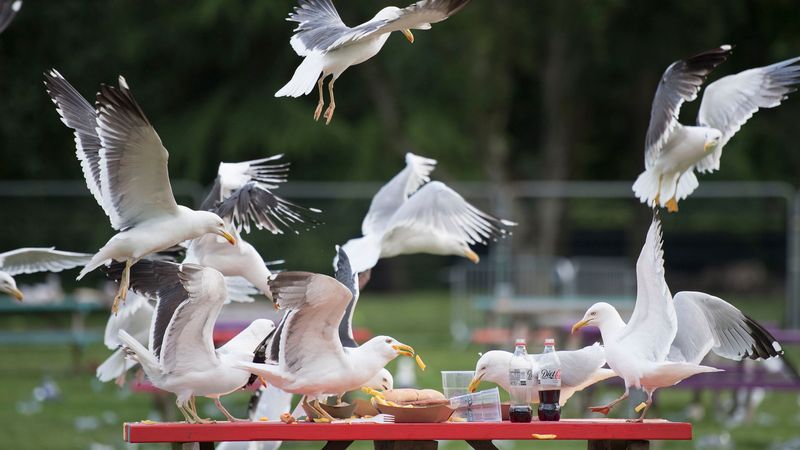
Coastal birds far from beaches suggest unnatural food sources! Finding gulls regularly visiting your inland garden often indicates exposed garbage, compost problems, or other inappropriate food attractions.
Their persistent presence signals your garden management might need adjustment. Check for food waste exposure and consider more wildlife-friendly ways to manage your outdoor spaces that don’t attract opportunistic scavengers.
13. Parasite Problems: Brown-Headed Cowbirds
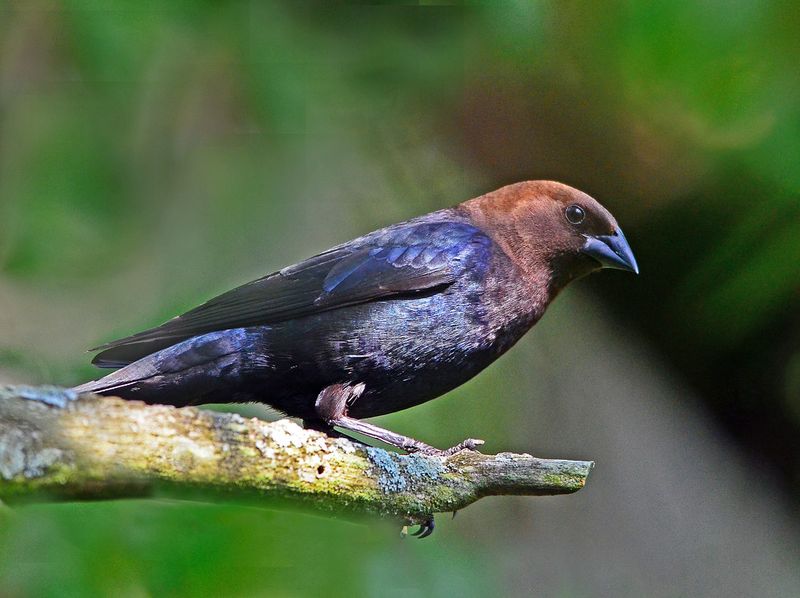
Stocky black birds with brown heads might indicate habitat fragmentation issues! These nest parasites lay eggs in other birds’ nests and flourish in disturbed landscapes with many edges between habitat types.
Their regular presence suggests your neighborhood might have too many habitat fragments and not enough contiguous natural areas. Consider working with neighbors to create wildlife corridors with native plantings.
14. Chemical Canaries: Missing Swallows
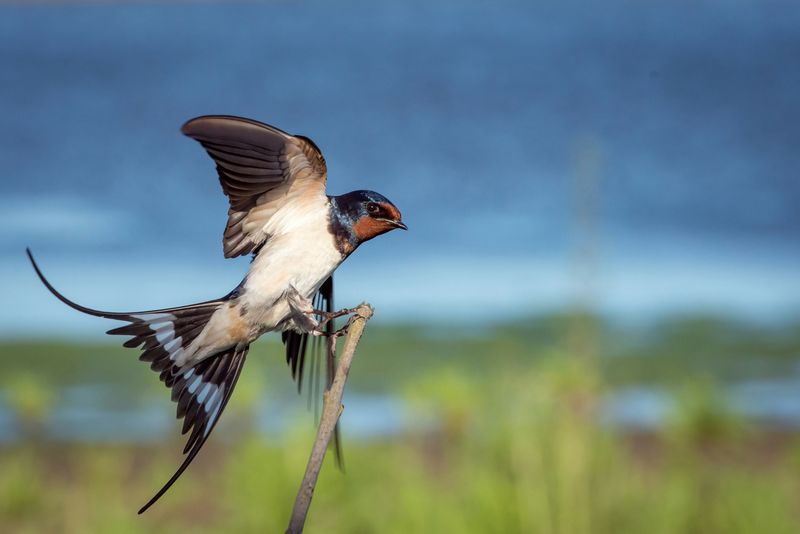
Notice a lack of graceful aerial acrobats? The absence of swallows and swifts often indicates insect population crashes, frequently due to pesticide use in the area.
These insect-dependent birds should visit gardens with healthy bug populations. Their conspicuous absence might be your wake-up call to eliminate chemical controls and encourage beneficial insects through native plantings and natural management.

